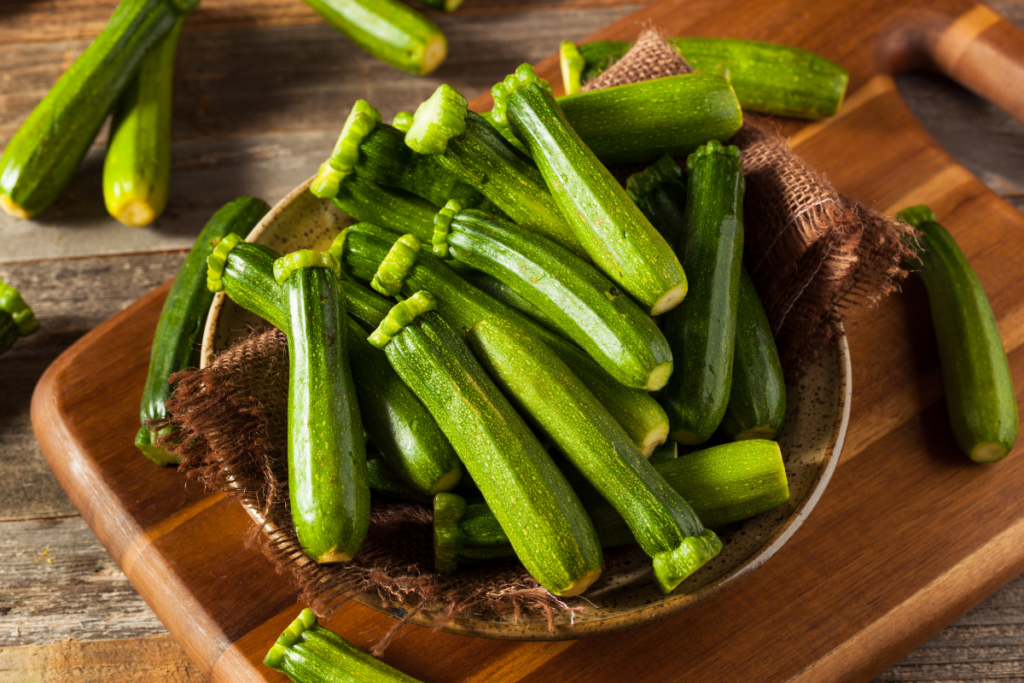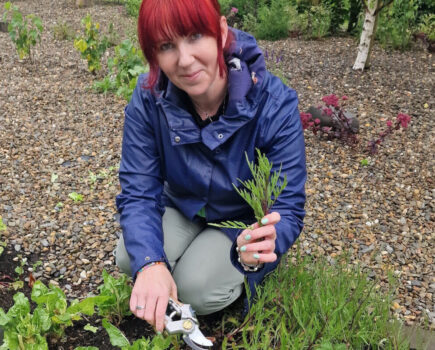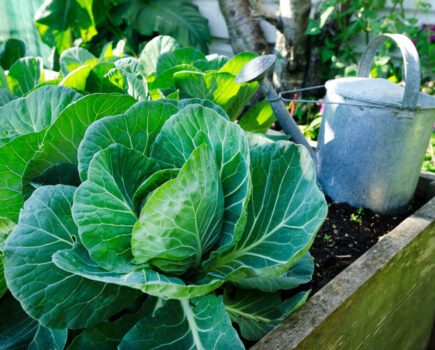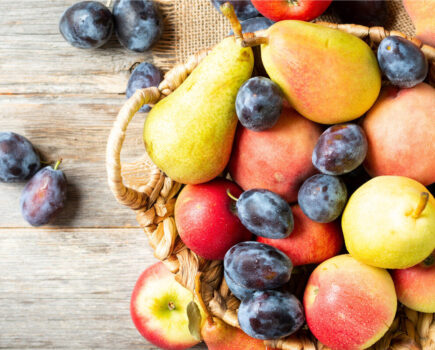Bob explains how to grow the size and variety that works for you
Marrows have long been grown, but other than for super-sized specimens at flower shows they’re no longer as popular as the many varieties of squash that have effectively replaced them. True, we still eat a lot of marrows, but solely as wee babies, for that’s what courgettes (zucchini) are. Indeed, if you miss picking for only a week or so then you’ll soon know about it, with giants in place of the smaller, sweeter specimens you might have preferred. Fortunately, with the marrow’s robust constitution you rarely go badly wrong growing either courgettes or zucchini.
However, squashes are not marrows and require a bit more warmth and richness to prosper, and the same goes for pumpkins which look very similar and are just another form of squash.
Delay planting if its cold
Squashes come many shapes and sizes, and they fall into three main groups: those for use in summer and autumn such as ‘Pattypan’, those for autumn and winter such as the very popular butternut squashes and pumpkins, and some for longer storage such as ‘Golden Hubbard’ and ‘Crown Prince’.
Other than when you pick them though, all these squashes need exactly the same extra attention when planting. You should dig larger planting holes, enriching them with loads of well rotted manure and/or compost, and make sure the weather and soil have warmed up sufficiently. It’s better to pot them on inside for a few weeks longer to be on the safe side than risk planting out when it’s still too cold.
Warm up their growing sites first with black plastic sheeting or a cloche – it really is worth the extra effort. Also do remember to harden off your plants before you put them into their final positions. Stand them out during the day, and bring them in at night for three or four days so they get accustomed to less predictable conditions. Then for their first weeks, water them with warm water – you’d prefer it wouldn’t you!

Take off the early fruits
Squash and even more so pumpkins, are very hungry crops. This means you cannot over-enrich their planting sites, and except in cold years you can seldom over-water.You can hardly be too generous with liquid feed either, as long as it’s always well-diluted.
You want lots of healthy foliage to help good fruits mature, and this is where it’s easy to become impatient. Of course we want our first crop as soon as possible, but wait, let the plants build up vigour first. It is worth the wait. They will always set more fruits later, but if you leave on the first ones you will never get as good a crop. So take off all early fruits until your vines are rambling vigorously and only then allow any to set and swell. Most strong vines can carry several smaller squash up to say a half a dozen, though allowing just a few to ripen will result in larger, juicy rewards.
Sensibly only allow a couple per plant of the largest squashes such as ‘Crown Prince’. And, of course, if you’re after really massive pumpkins then ruthlessly retain just the one for a maximum impression.
You can find out more about Bob via his website www.bobflowerdew.com and what’s happening in his garden via Twitter (now X) @FlowerdewBob
Find more tips, advice and articles like this at the Amateur Gardening website. Subscribe to Amateur Gardening magazine now.





